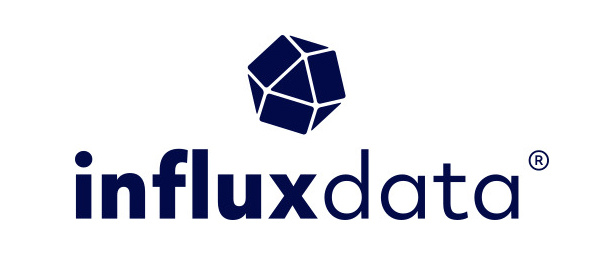The IoT Edge is a new opportunity for Open Source Software

The Cloud Boom
It’s hard to imagine nowadays a world where open source software didn’t dominate our industry. But not so long ago, when software was run on dedicated servers in a company’s data center, open source was the underdog. That all changed when cloud computing started replacing company infrastructure.
With cloud computing, the goal is to scale out, not up. More servers, not bigger servers. And eventually no servers at all (or at least none that you manage). Open Source licensing had a unique advantage over proprietary software in this landscape. You could deploy tens or hundreds of instances of an open source service without paying an arm and a leg in licensing. Open Source quickly became the preferred option for running cloud workloads.
As customers started deploying hundreds of instances of these open source services, cloud providers like AWS, Azure and GCP, saw an opportunity to apply further abstraction and scalability by providing that software directly as a service on their infrastructure, and open source licensing let them do that.
Unfortunately the nature of open source meant that the companies making that software didn’t necessarily benefit from their software being run in the cloud. And when cloud providers started selling their software as a service, they often didn’t see any of that revenue either. This led to companies switching away from open source licenses and adopting more restrictive “source available” licenses instead.
Open Source on the Edge
We are now on the verge of another revolution, the Internet of Things, and it is potentially bigger and more impactful than the cloud computing revolution. A company that runs hundreds of services in the cloud will be running thousands, even tens of thousands, of IoT devices in the field.
The data that these devices and sensors collect will eventually need to make its way up into the cloud. Making that connection possible is a new type of computing: Edge Computing. Sitting between the devices and the cloud, edge computing brings functionality and data closer together to provide faster responses and reliable communication.
Like cloud, edge computing requires a scale out approach, which once again favors open source software. Unlike the cloud, companies running that software are going to own their infrastructure on the edge. They’re going to want to own the software that runs on them too, which they will be getting directly from the companies or organizations making it, doing away with the need for restrictive alternatives to open source licenses.
Edge Computing isn’t going to replace Cloud Computing. In fact it’s going to do the opposite. Edge computing is going to increase the need for software in the cloud, especially those SaaS options mentioned above. The winning combination is going to be OSS on the edge, and SaaS in the cloud, and the closer those two are aligned the better.
InfluxDB Edge to Cloud
This is why I’m so excited about InfluxDB on the edge and on the cloud. Instead of moving away from open source, we remain committed to it. InfluxDB 2.0 continues to use the MIT license, and our next generation storage backend, IOx, will be open source as well. Rather than trying to lock out competition in the SaaS space, we beat them to it by launching our own auto-scaling managed SaaS on their infrastructure. You can sign up for InfluxDB Cloud today in AWS, Azure or GCP, in a number of different regions for each of them.
Now we’re focusing on making InfluxDB the best option for collecting, processing, and transmitting data on the edge. With the same features and APIs, connecting the open source InfluxDB running on edge gateways to the managed InfluxDB services in the cloud is a breeze. Plus we continue to provide the open source Telegraf agent for connecting directly to IoT devices and protocols.
Running open source Telegraf and InfluxDB on your edge infrastructure gives you full control over your edge data, without adding to your costs. Connecting them to InfluxDB Cloud lets you grow your data and processing workloads without worrying about scaling. You get a consistent platform from top to bottom. It’s the best of both worlds, made possible through open source.
The Featured Blog Posts series will highlight posts from partners and members of the All Things Open community leading up to the conference in the fall.
